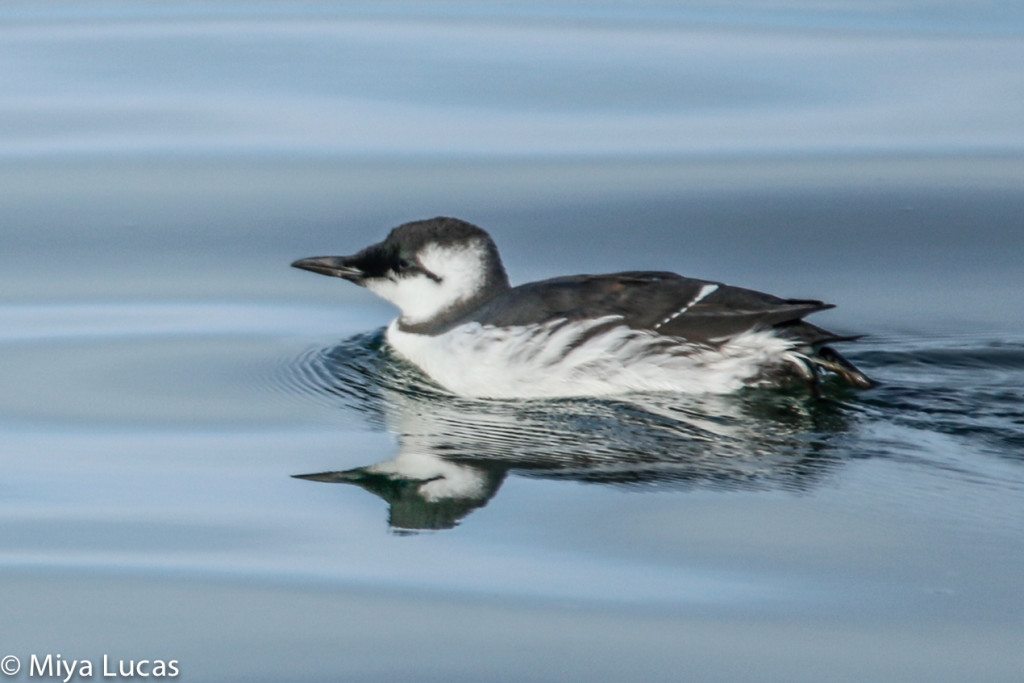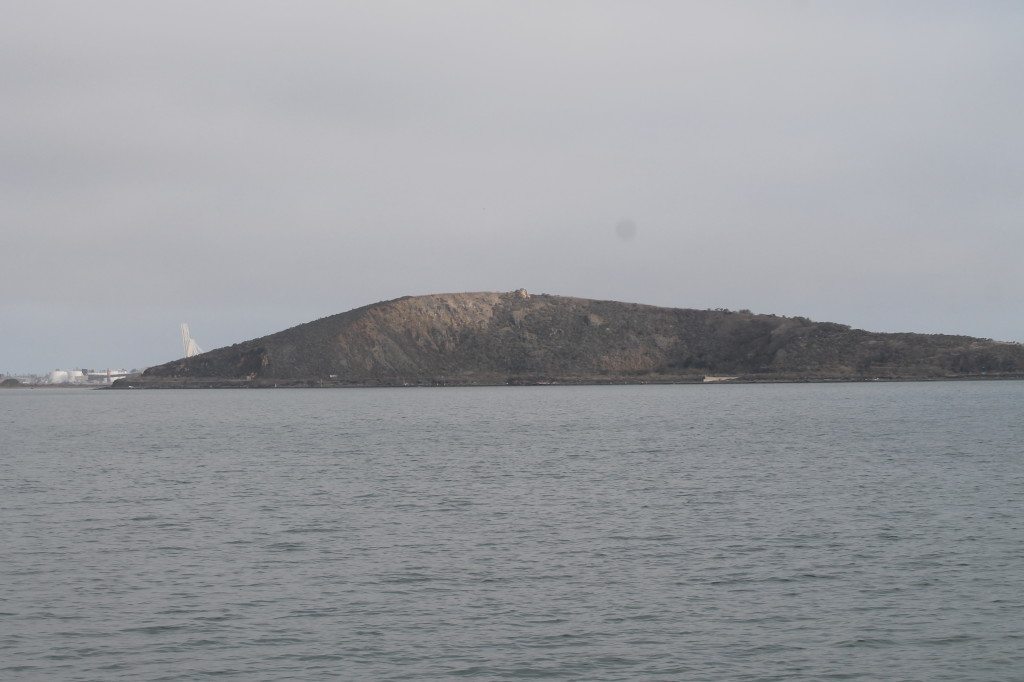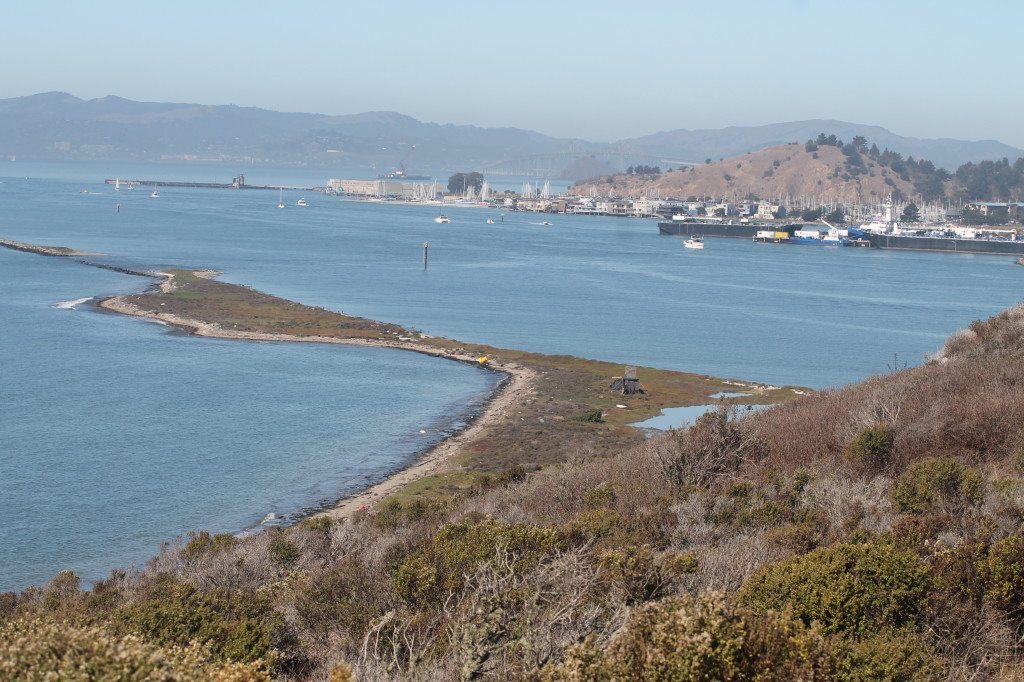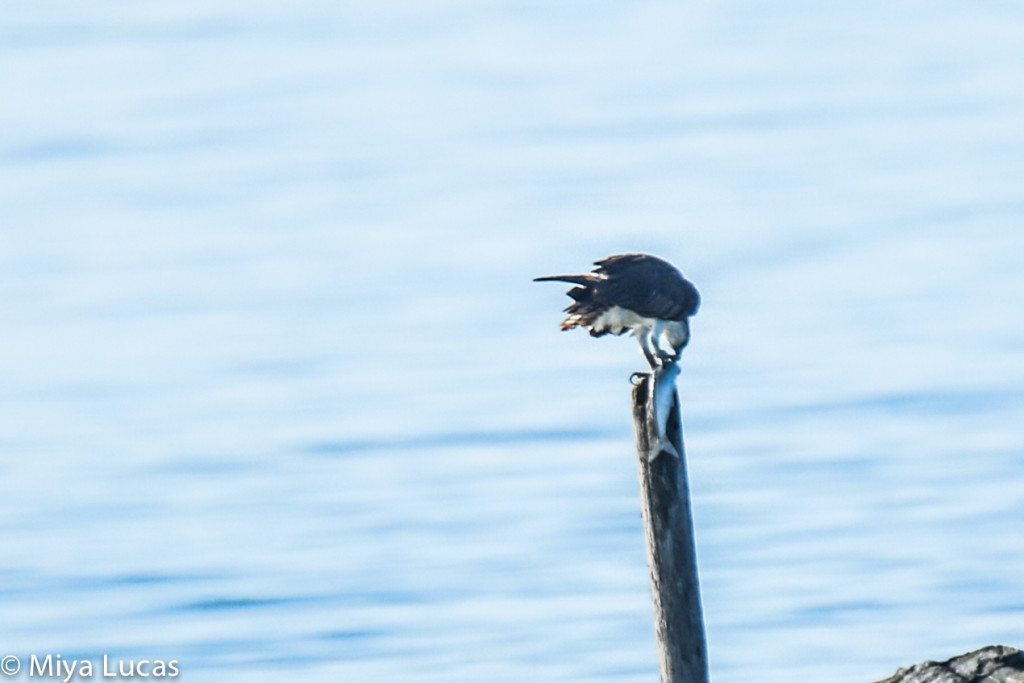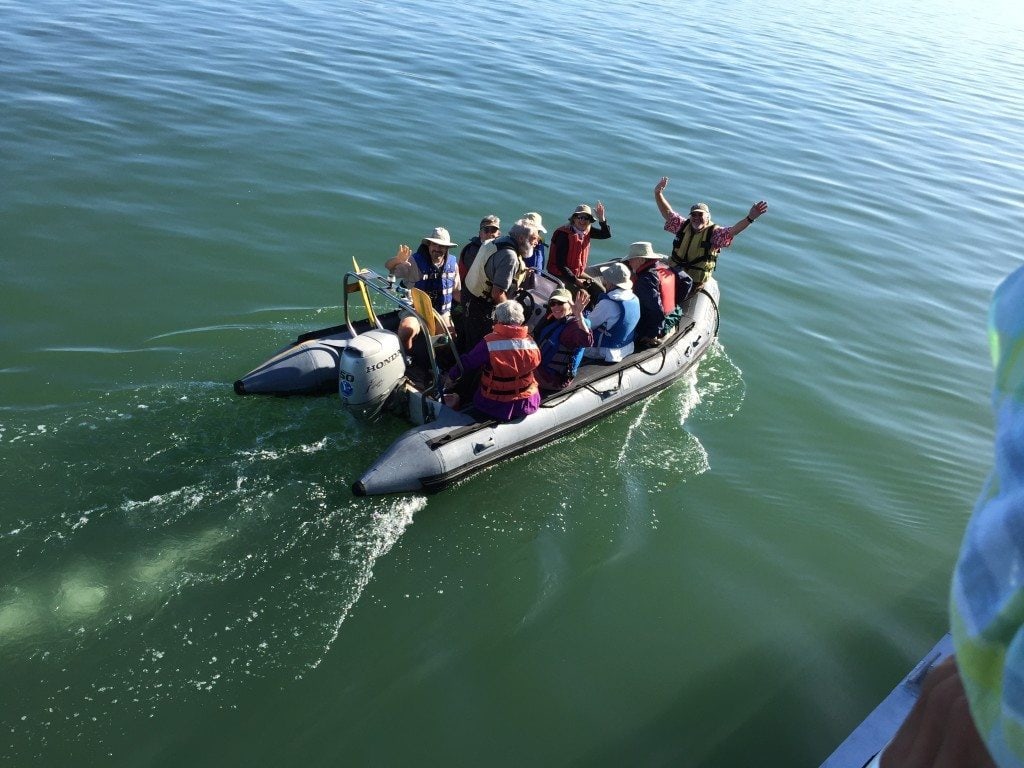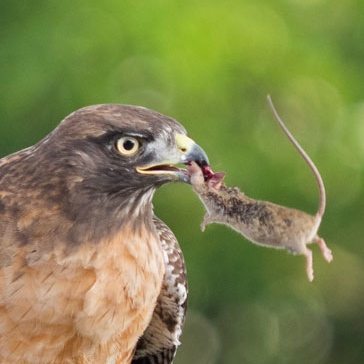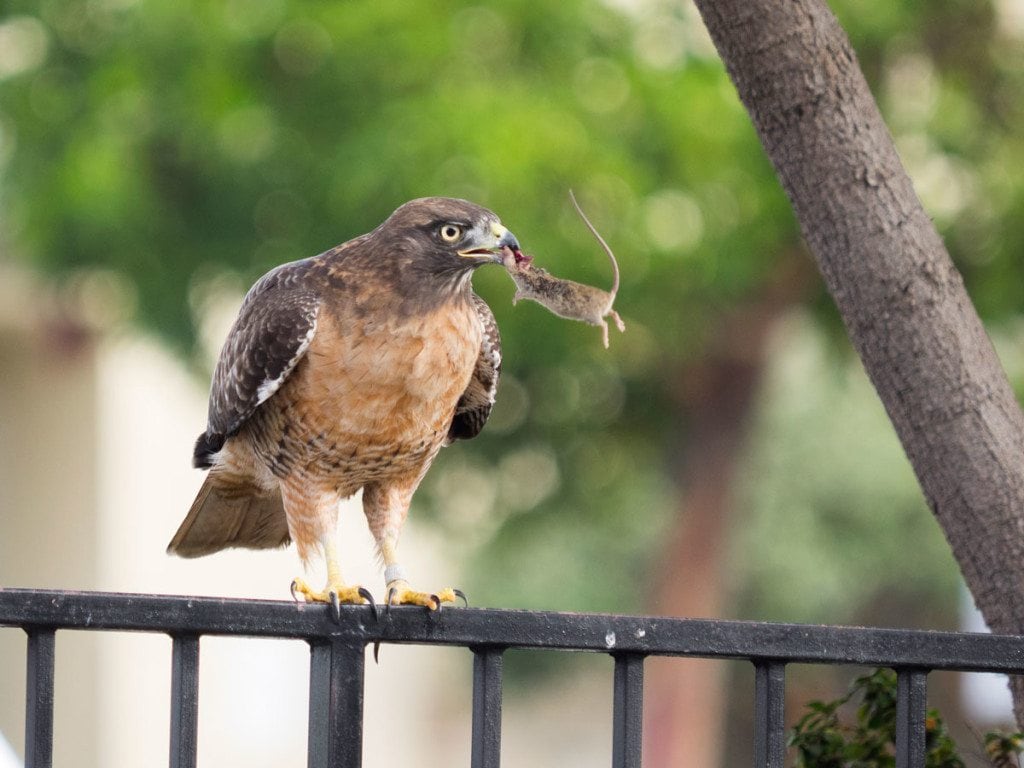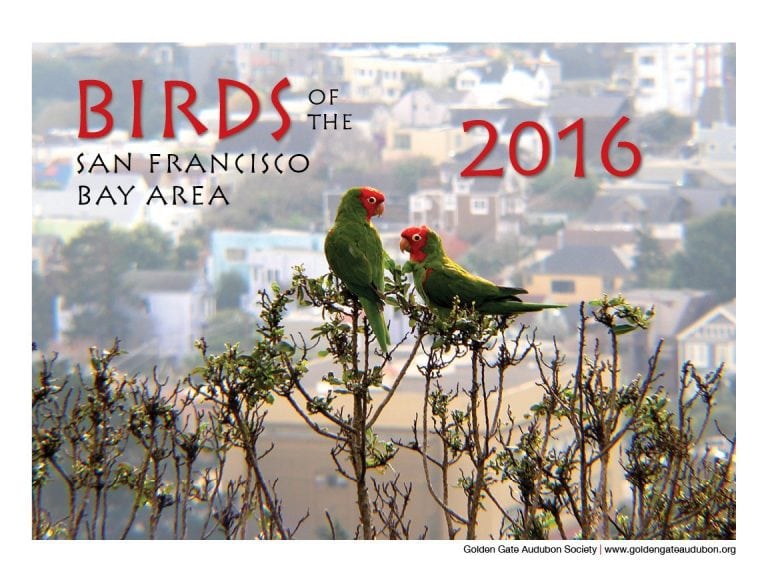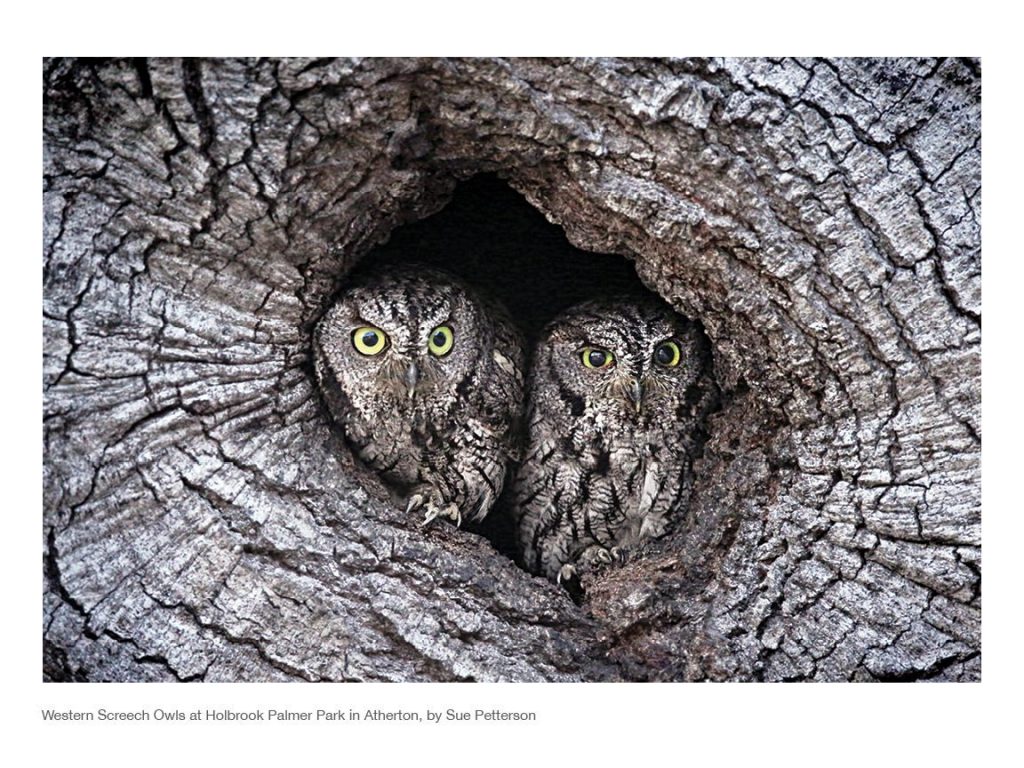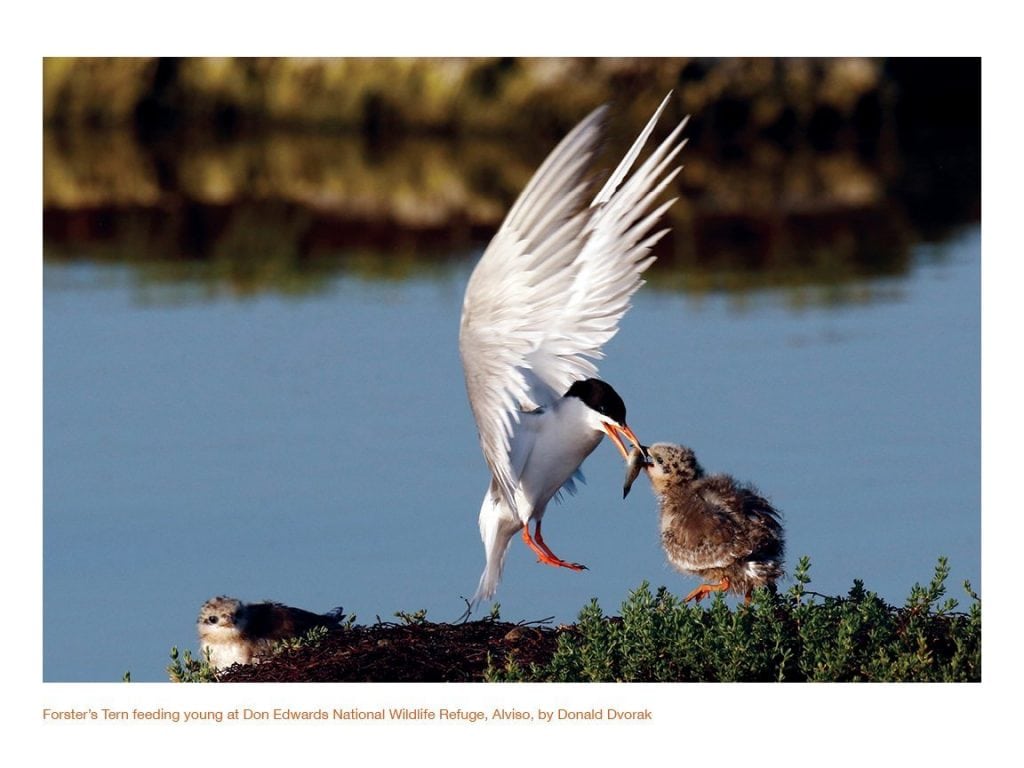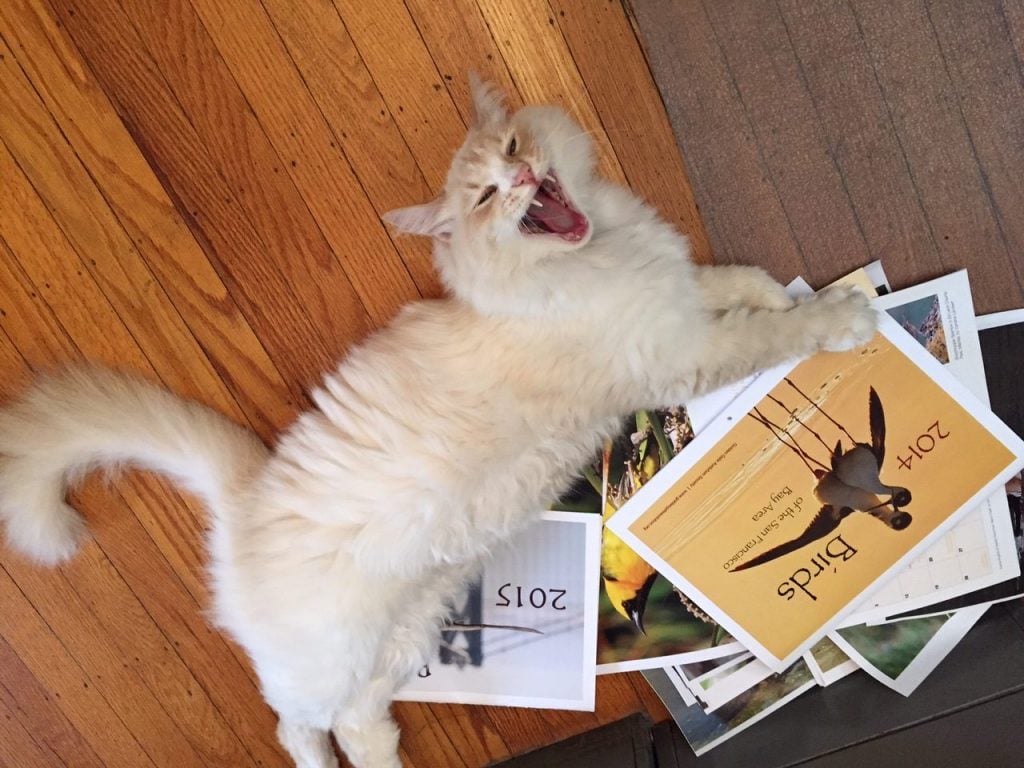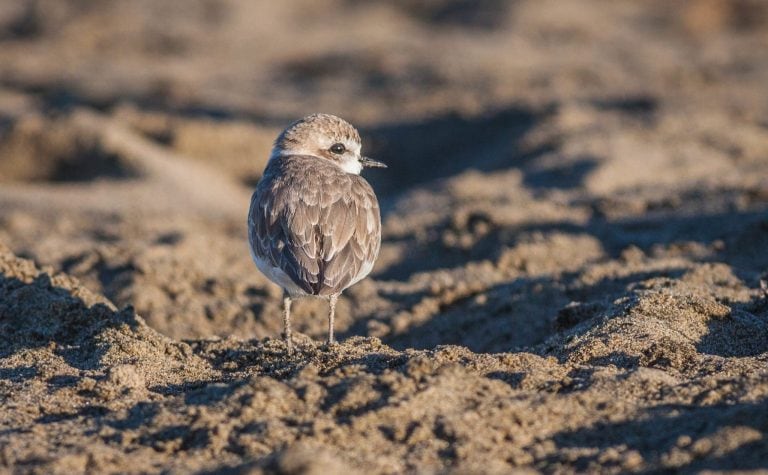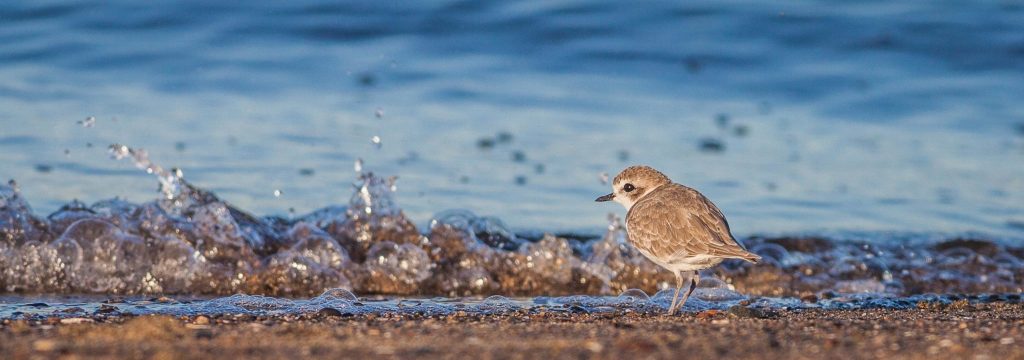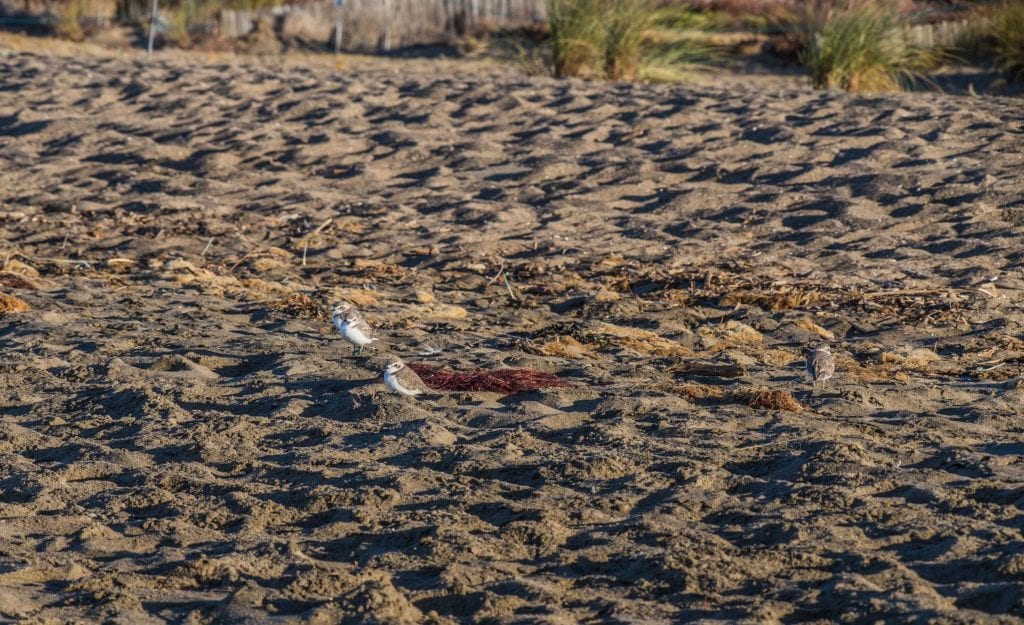Mea Culpa
Editor’s note: On October 6th, Mark Rauzon reported on the SF Birds Yahoo group that he had sighted a Nashville Warbler in downtown San Francisco. But members who viewed his photo pointed out that it was in fact a much more rare Mourning Warbler. Here is Mark’s account of the sighting and what it ended up meaning to him.
By Mark Rauzon
I am sorry I misidentified the San Francisco Mourning Warbler when I found it on Tuesday October 6th. Sorry because a rara avis almost got away and some would miss a lifer and some would be denied a unique county tick. But in hindsight it was the denial of a precognition of death.
I was rushed that day as I had a meeting in Oakland City Hall with our councilmember to try to save the endangered Pallid Manzanita. Since I was at BART and had a few hours before teaching my next class, I jumped on a train and was quickly deposited on the other side of the Bay in the financial district. Two blocks later, I was in Ferry Park. This is a difficult place to bird psychically as homeless addicts, business professionals, and grounds maintenance crews all are in their places. Camera toting, bino laden, I took my place among them. I scanned the towering poplars with the usual sense of how hopeless it is to find a small bird here. But guided by faint chip notes, nearly drowned out by roaring trucks, buses, leaf blowers, sirens, and Ferry Building tower chimes, I saw a Yellow Warbler, a Yellow-rumped Warbler, and a Warbling Vireo, and considered the trip a success. Then I followed a hummingbird into the forest and atop the hill.
I immediately saw something run like a rat into the ground cover. I waited and watched a trembling leaf, then got a glimpse of a yellow bird with a complete eye ring, confirming it wasn’t a MacGillivray’s Warbler. I was sure to see it hopped, not walked, so I eliminated Connecticut Warbler. Because of my lack of familiarity with Mourning Warbler, I was conservative but my heart was pounding as I knew this was something special.
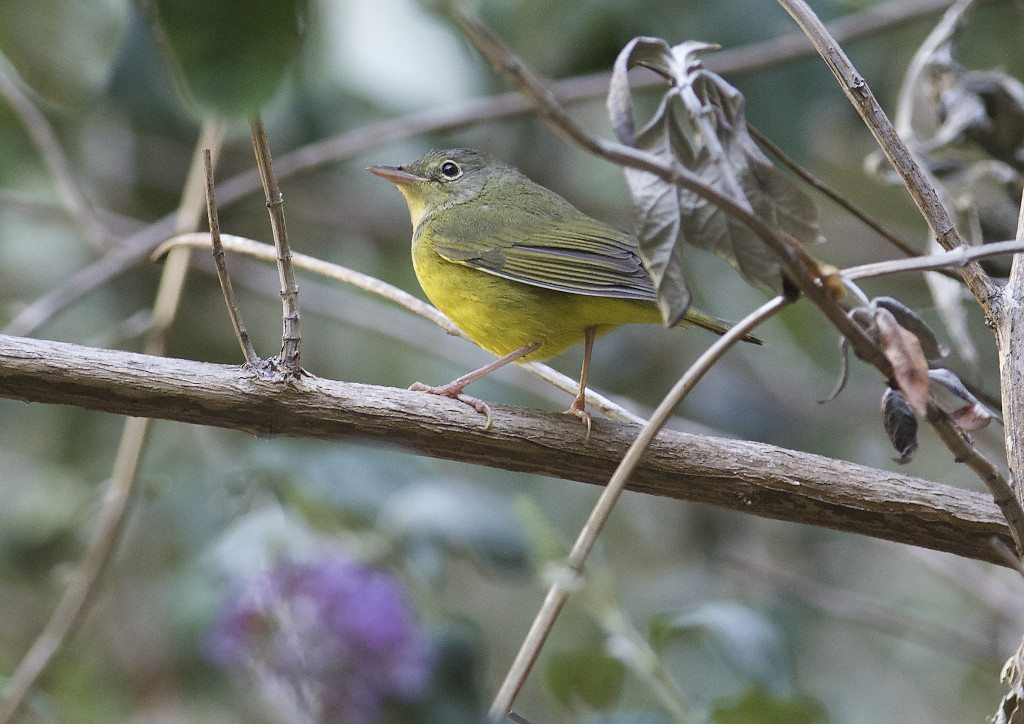 Mark’s mystery warbler in San Francisco / Photo by Mark Rauzon
Mark’s mystery warbler in San Francisco / Photo by Mark Rauzon
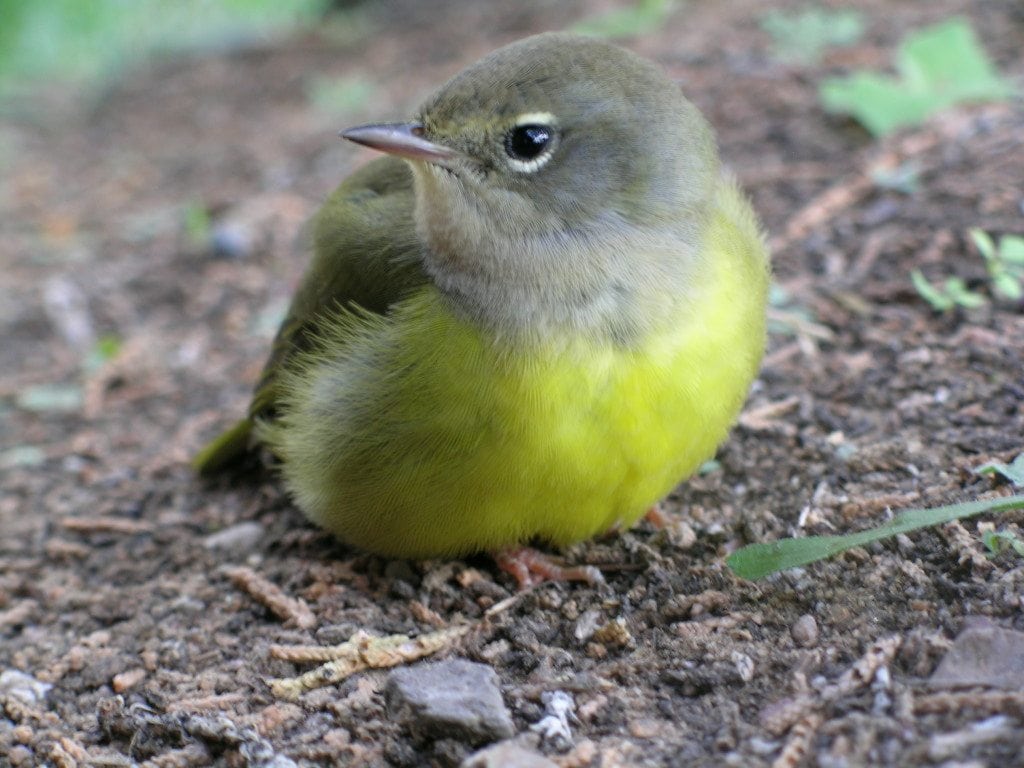 MacGillivray’s Warbler in New Mexico / Photo by Sara Beckwith, NPS
MacGillivray’s Warbler in New Mexico / Photo by Sara Beckwith, NPS
I dug into my backpack for my camera to document this but the battery was dead. I took a cell phone shot, cursed, took another shot through my binos, cursed, and looked closely at the bird as it disappeared into the agapanthus hugging the hilltop.…



